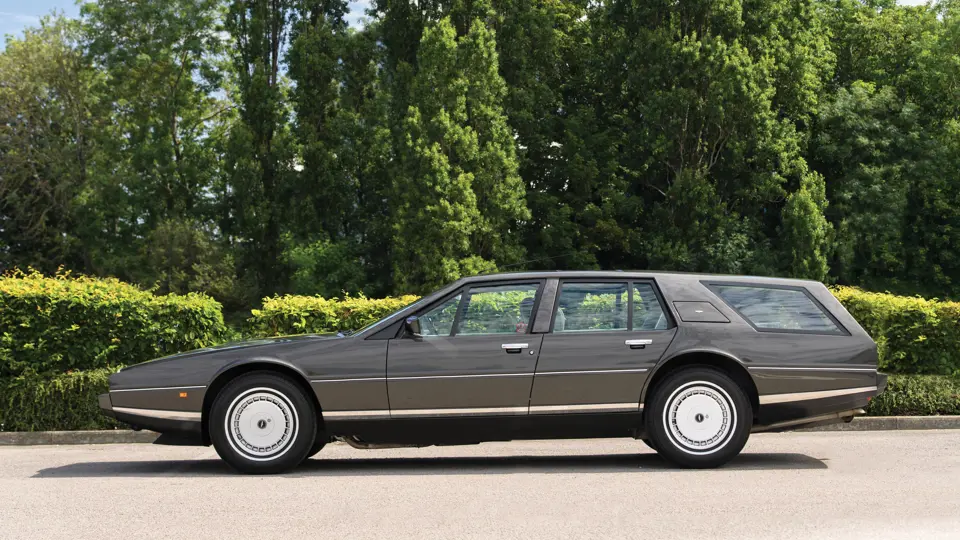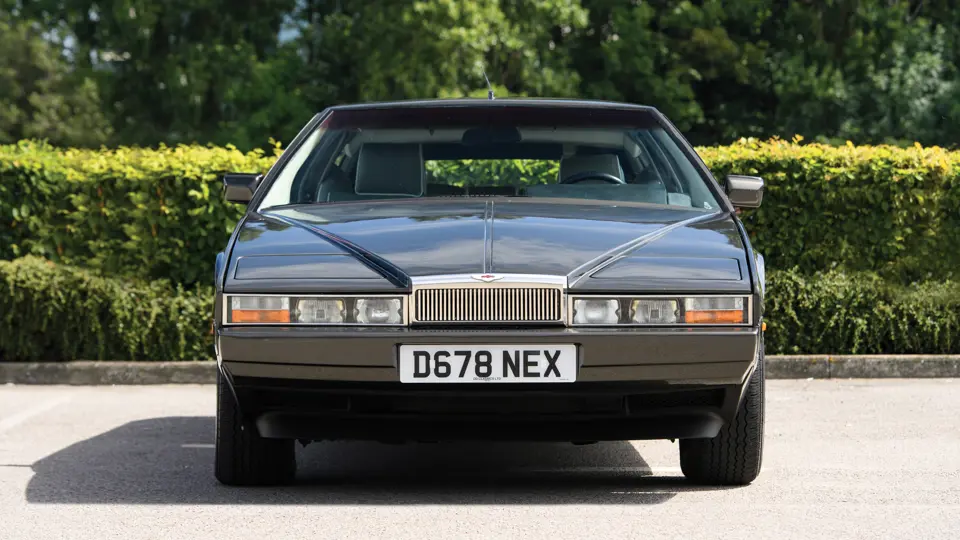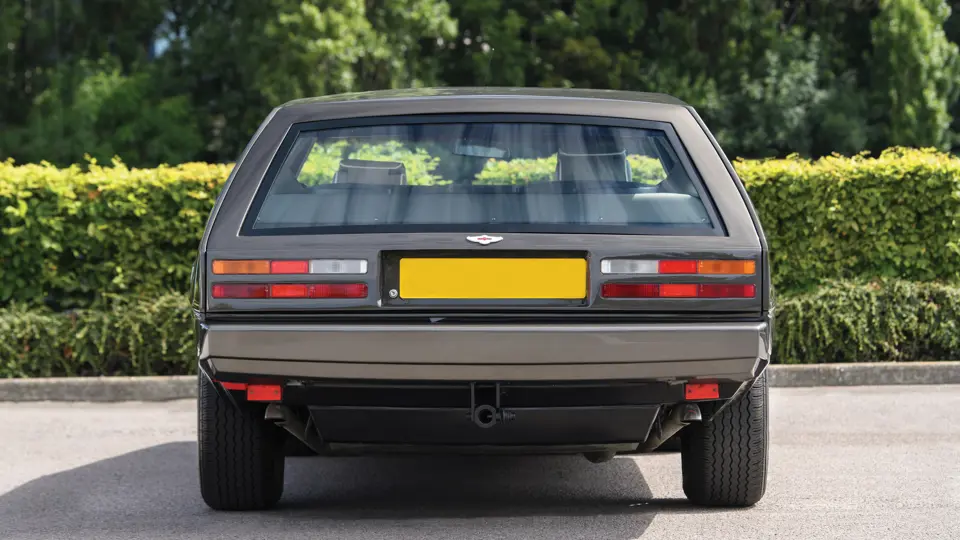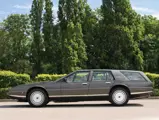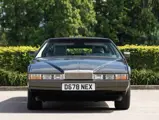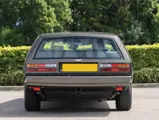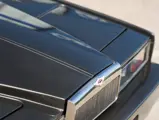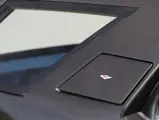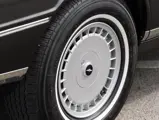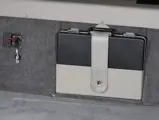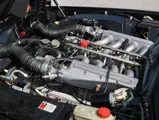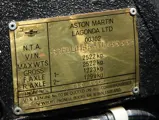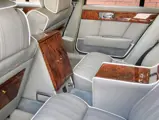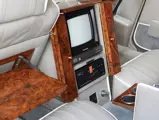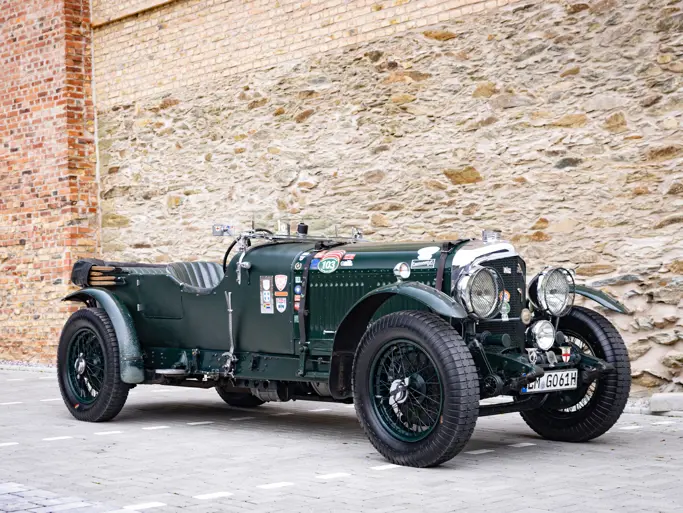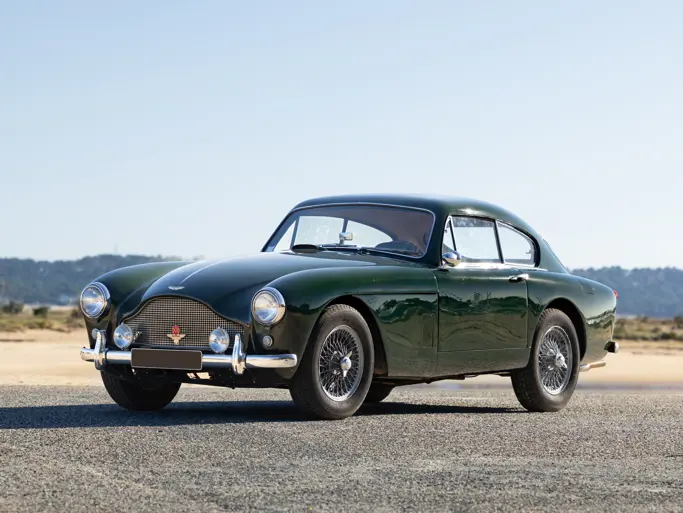William Towns’s Aston Martin Lagonda remains one of the most extreme interpretations of the folded-paper angular design of the 1970s. While the styling may have been divisive at the time, the car is now considered one of the most important designs of its era. Only 645 cars were hand-built over a 12-year production run, the rarest of which is the fuel-injected Series III, which ran to a mere 85 cars in a single year of production.
This example was delivered new to a Danish citizen, Mr. Svend Svendsen, living in Switzerland. As every Aston Martin Lagonda was built to order, Mr. Svendsen specified his car with a full cocktail set, television, picnic tables, and lamb’s wool rugs to complete his car with all the necessary accoutrements befitting a British luxury saloon. Rightfully proud of his new purchase, he went to Newport Pagnell in person to collect the car. Photographs of his visit remain in the file.
Mr. Svendsen retained his beloved Aston Martin Lagonda until 2006, when the car was sold to its second owner in Sweden. He set about converting the car to its present shooting-brake configuration in the spirit of conversions of the DB5 and DB6 by Radford and Panelcraft. Experienced Swedish industrial and automotive designer Ted Mannerfeldt was brought in to lead the project.
The design brief took inspiration from the conversion carried out by Roos Engineering in 1996—with the ambition of preserving as much of the original William Towns design as possible. The result was a more harmonious incorporation of the shooting-brake element into the original lines of the car, preserving most importantly the distinctive C-pillars and the symmetry of the original design. The project was followed by Swedish television series Grand Turismo TV. Ultimately, the final conversion took many years to refine to the exacting standards of the car’s enthusiastic owner. The car comes with a detailed history file, including its original service books and warranty card.

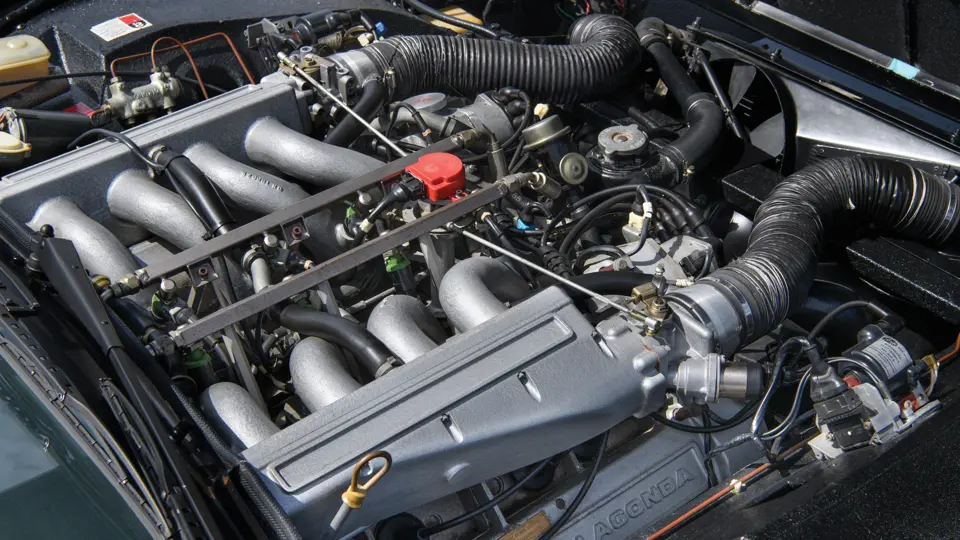


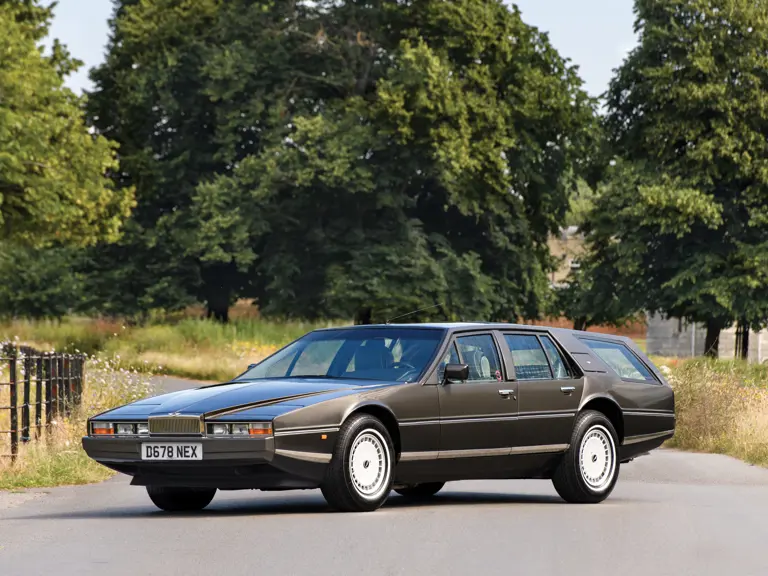
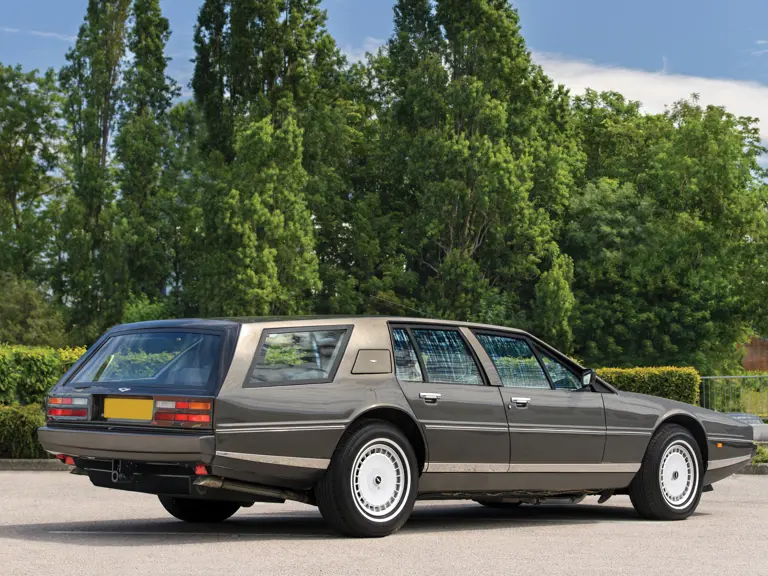
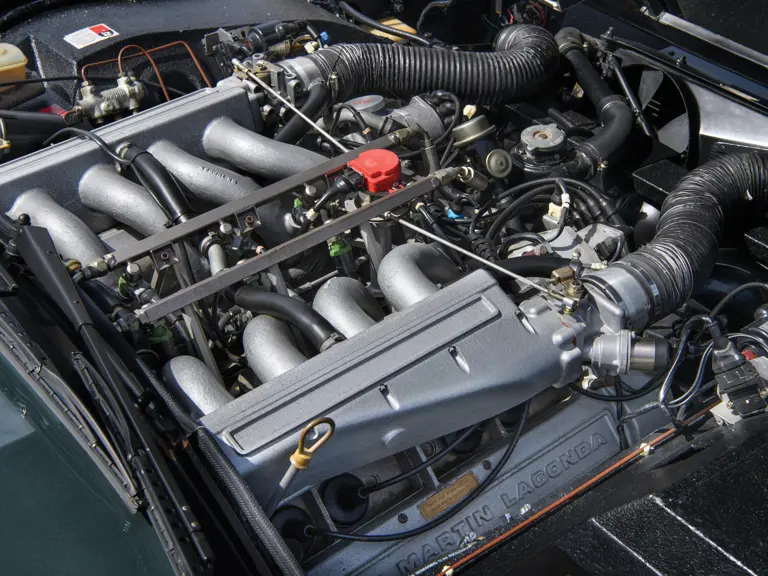

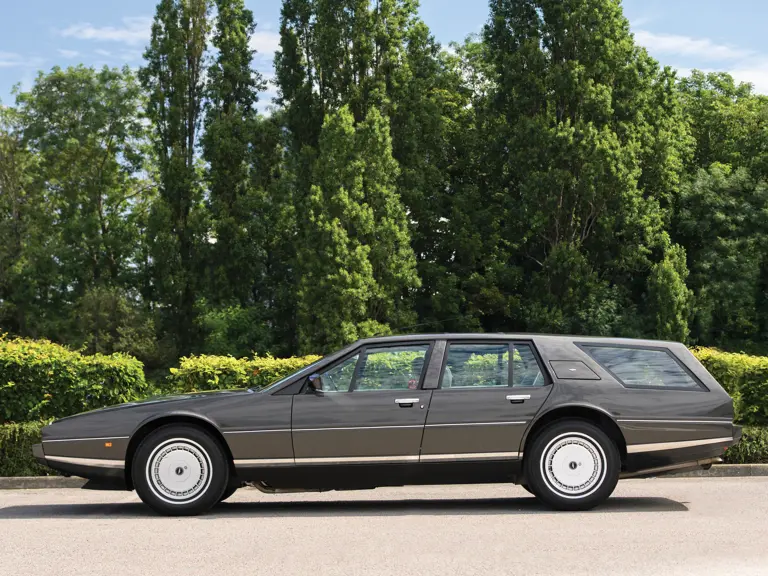
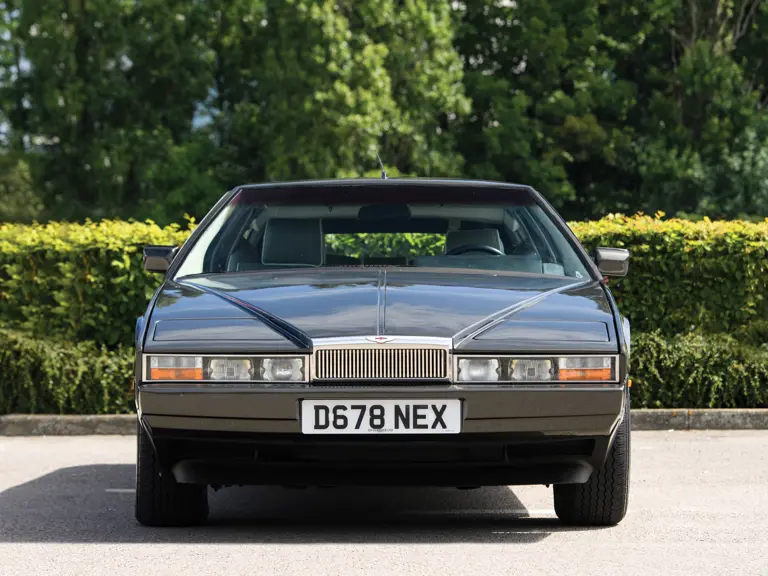
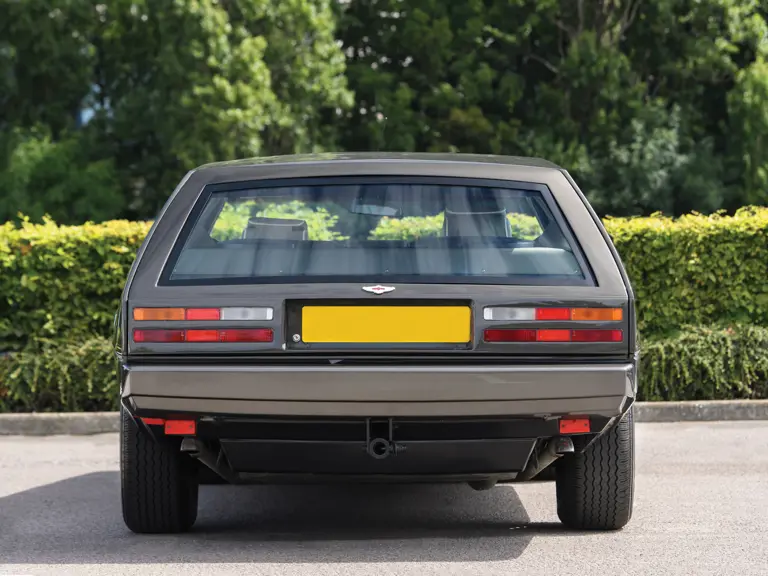
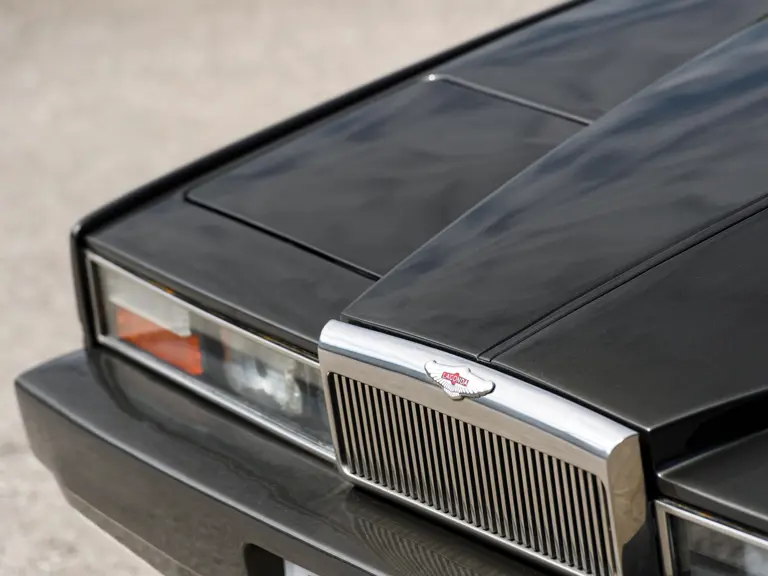
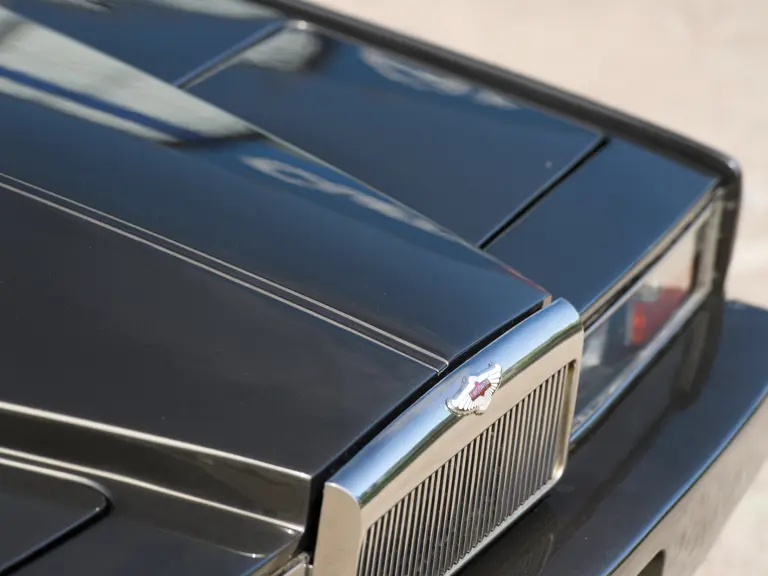
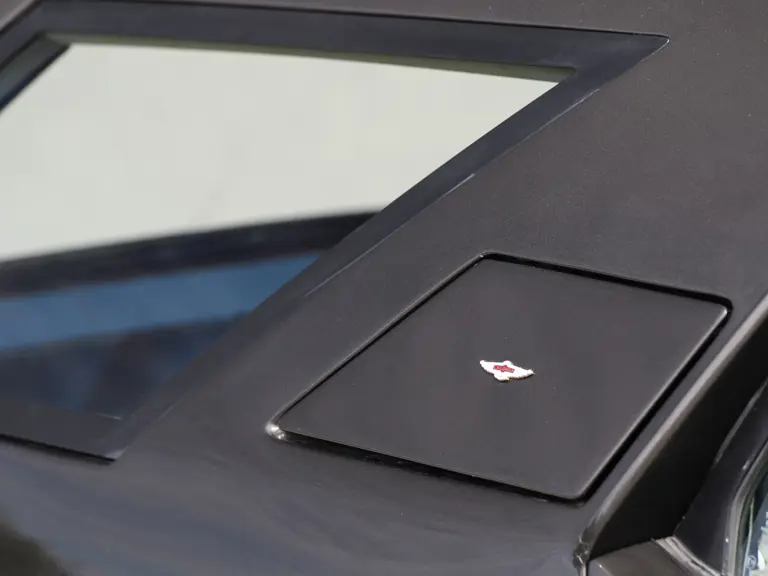
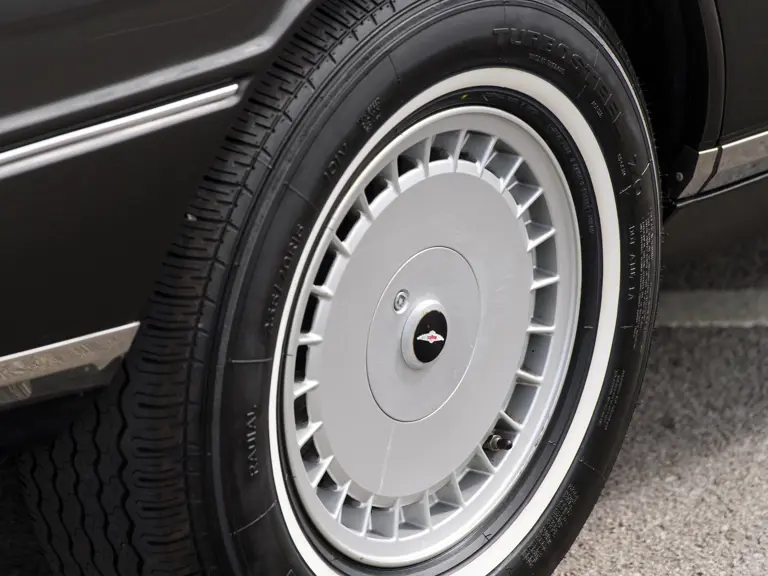
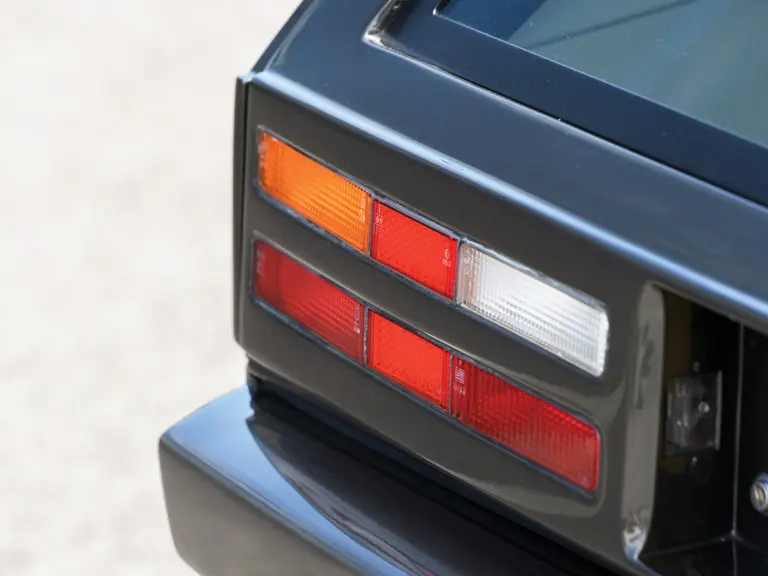

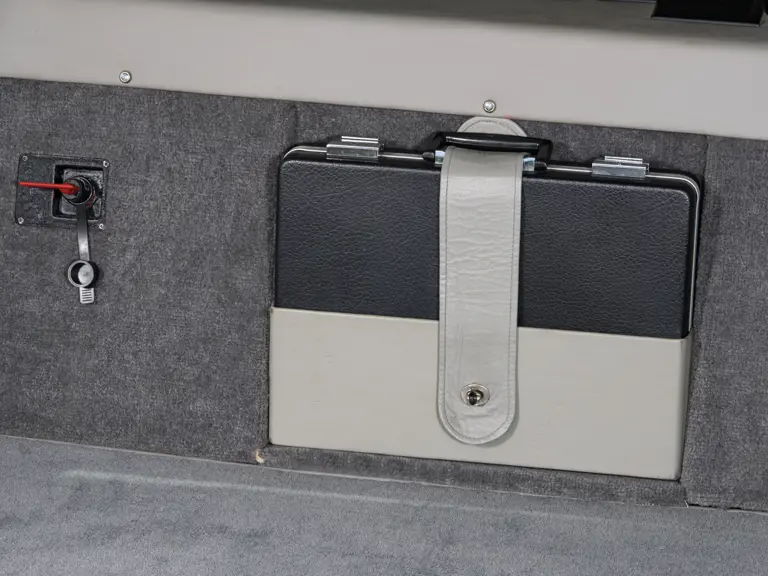
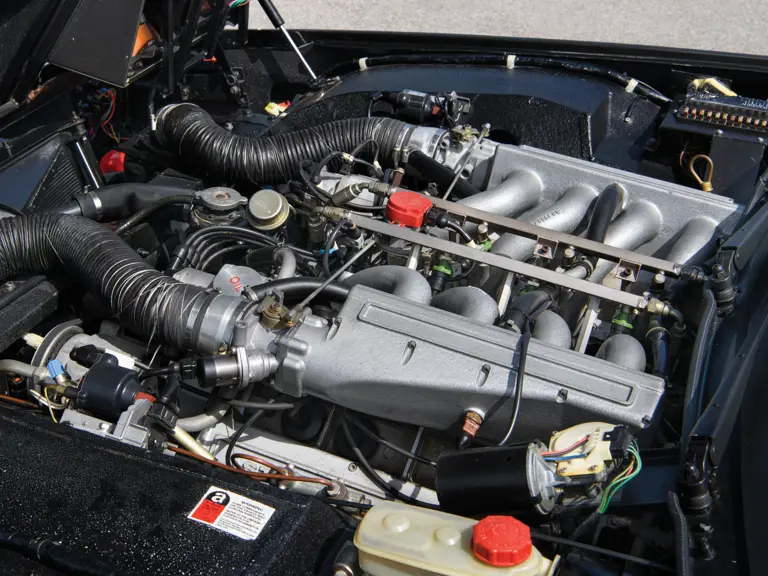
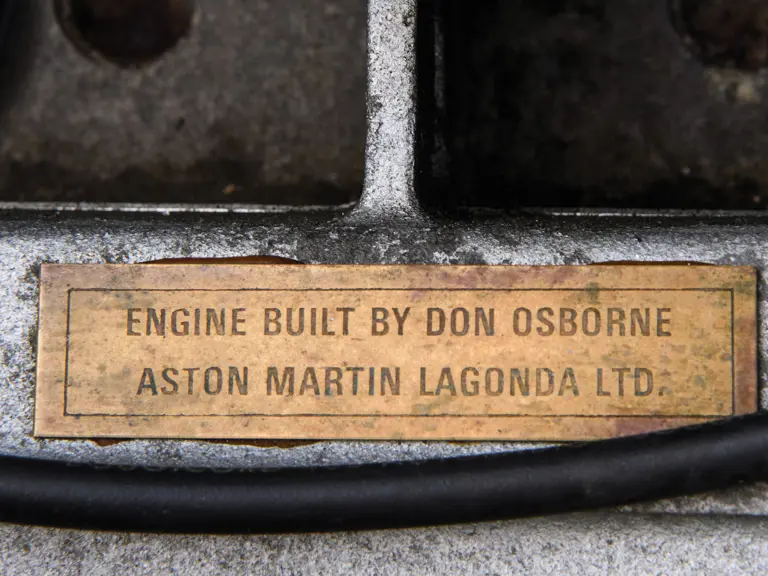
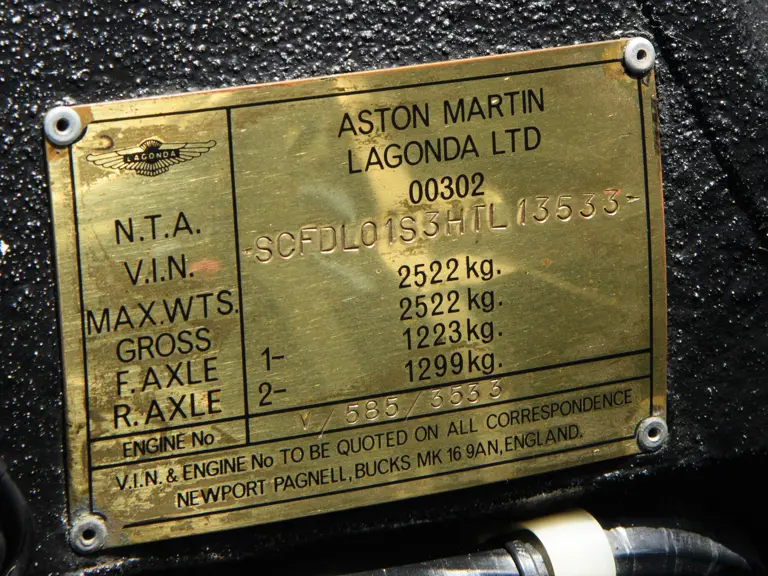
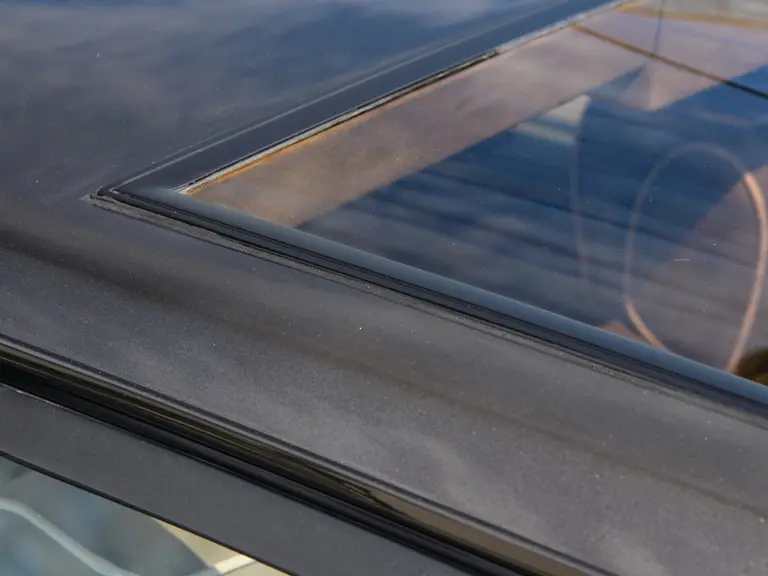


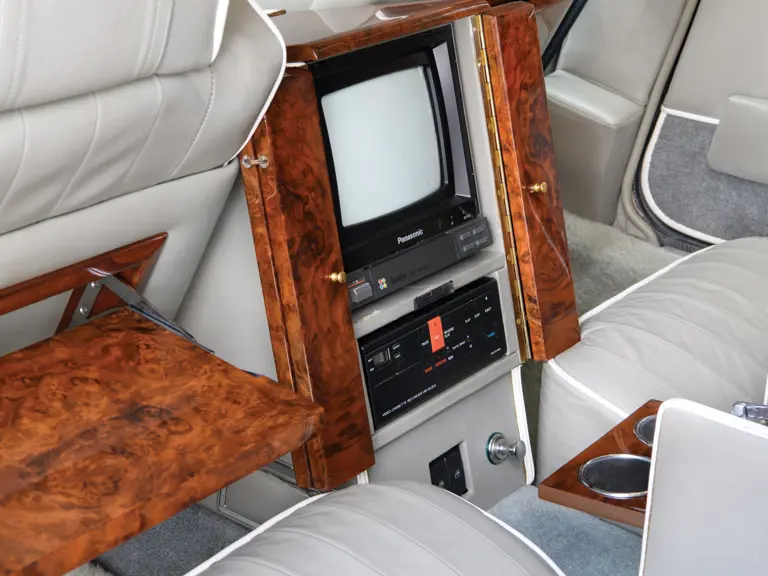
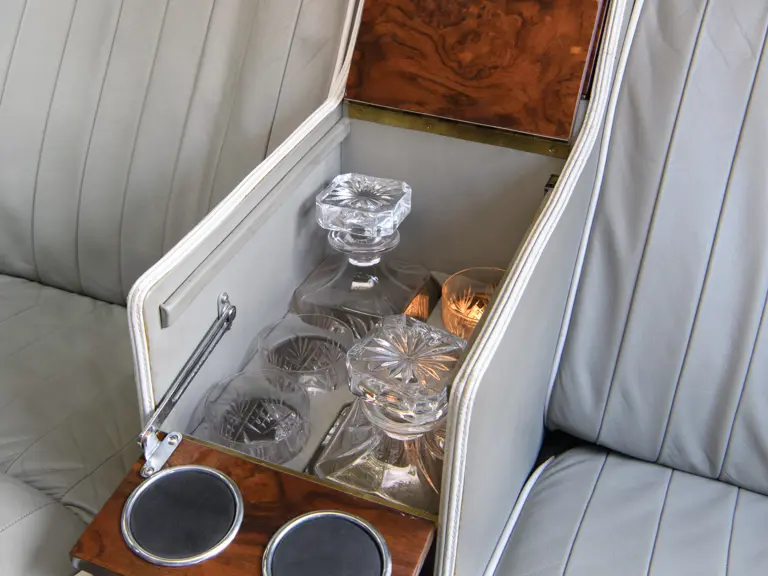
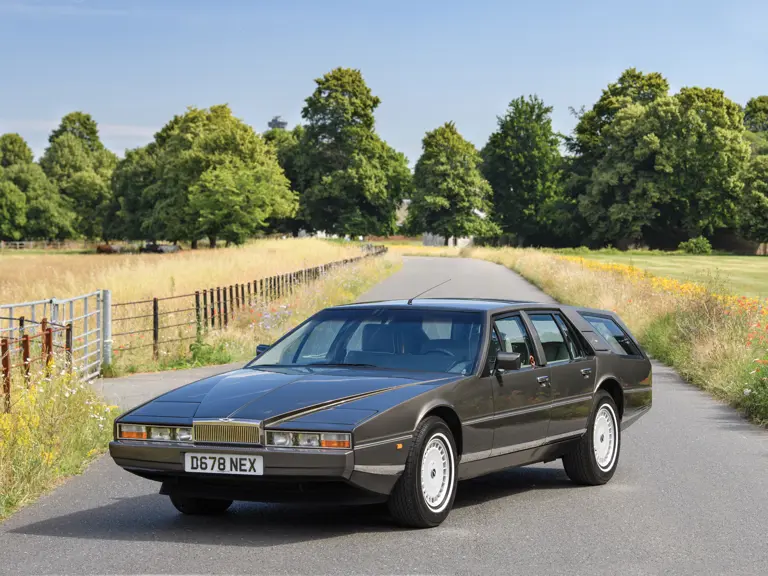
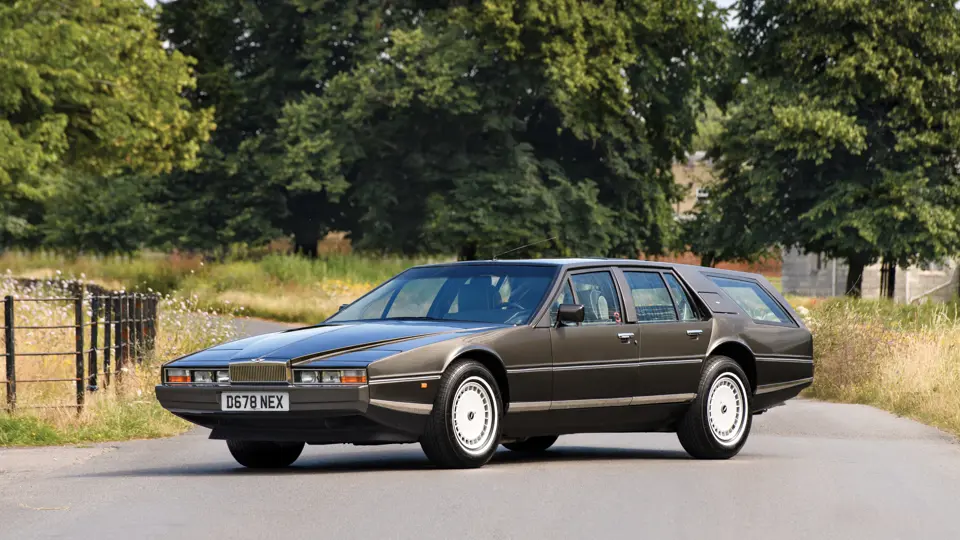
 | Monterey, California
| Monterey, California
